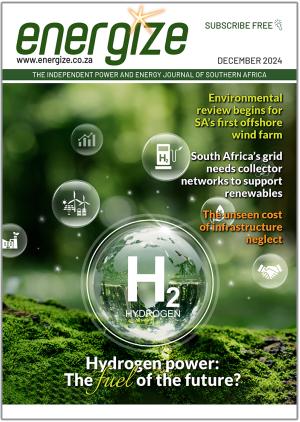by Roger Lilley, Energize
South Africa is facing ever-deepening electricity shortages, resulting in the need for greater amounts of load reduction to balance the supply and demand in the system. Although the country has experienced load shedding fairly frequently for many years, in the past, load reductions of 3000 or 4000 MW (Stage 3 or 4) were usually sufficient to balance the system.
Since late last year, load shedding is far more frequent – and at higher Stages. Permanent load shedding – i.e. load shedding applied every day – has become the norm in 2023. And at higher Stages, including Stage 6.
Finally, some real government action seems to be happening, with officials in the Presidency reminding ministers and officials every day to sign key approvals and exemptions.
Read also: President Ramaphosa addresses electricity tariff increase
Rudi Dicks, the President’s head of the project management, says the National Energy Crisis Committee (NECOM) will “give Eskom all the help it needs” by ensuring that governmental ‘red tape’ is reduced to speed up important mitigating interventions.
NECOM held a three-day meeting recently, attended by 70 officials, which discussed every detail of the processes preventing the addition of more generation capacity.
"We have 9000 MW of generating projects in the pipeline, but the constraints remain red tape and registration, and grid capacity," Dicks said. More than half of this – 5000 MW – will come from the return of existing generation units at Eskom’s power stations. A further 2600 MW will come independent power producers and the private sector’s embedded generation projects.
The Committee is, apparently, also considering incentivising some larger users to remove themselves from the grid, thereby reducing overall load and helping Eskom to balance the system.
Load shedding is the single biggest impediment to South Africa's economic growth. It has caused the unemployment figures to rise sharply, and undermines any attempt at addressing the country's challenges of inequality, unemployment and poverty.















